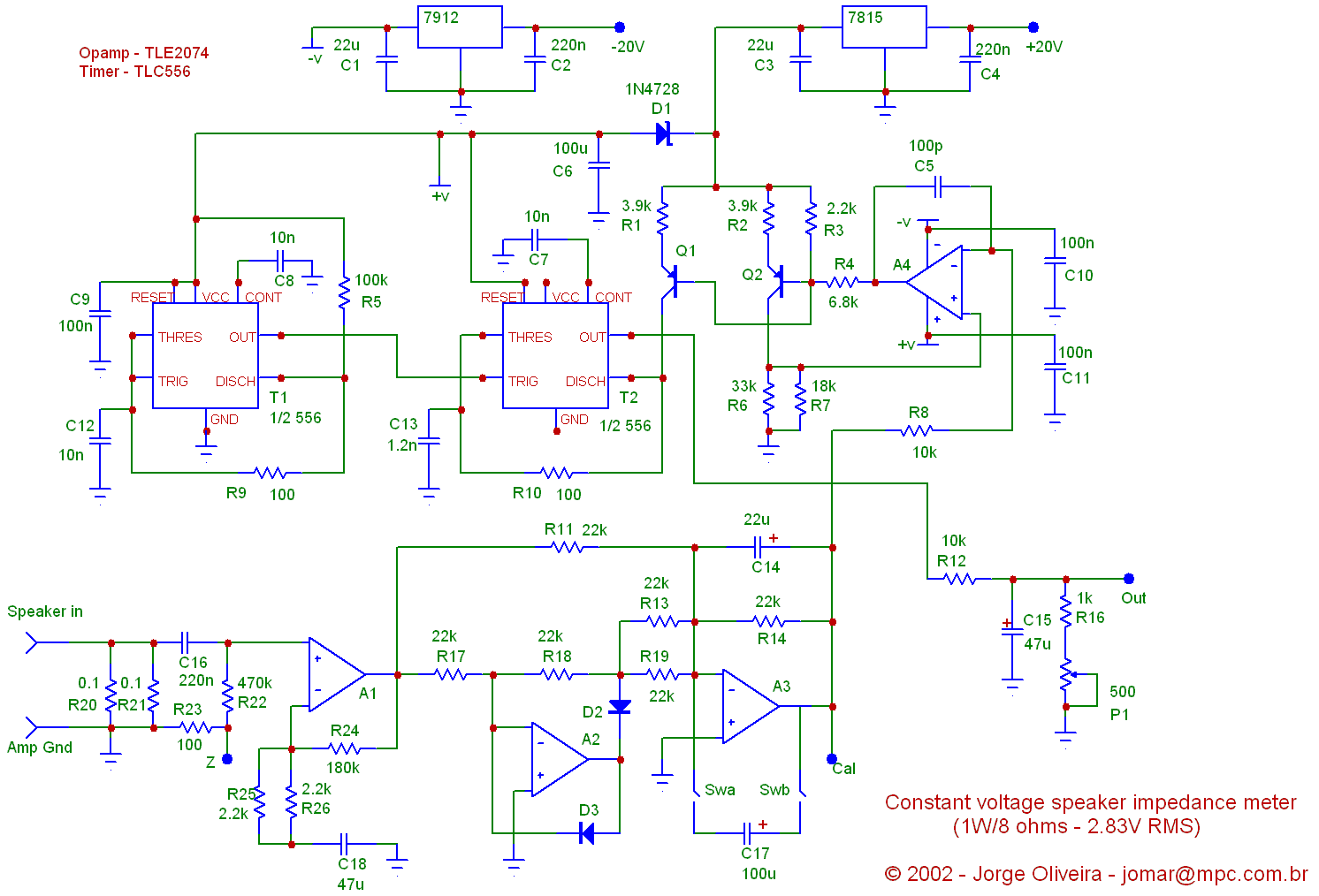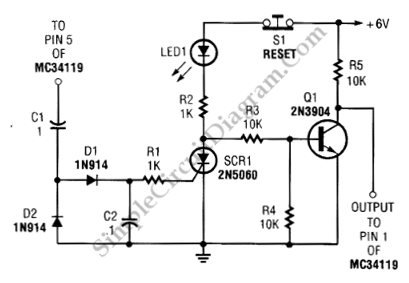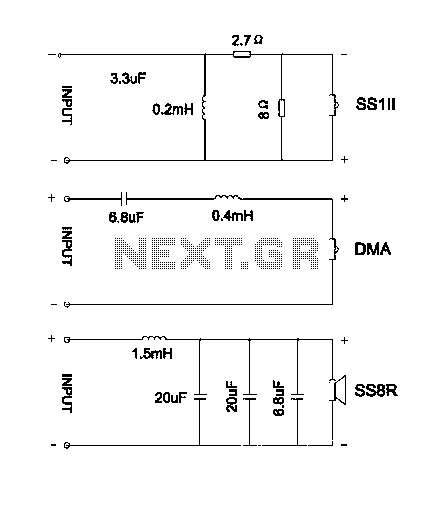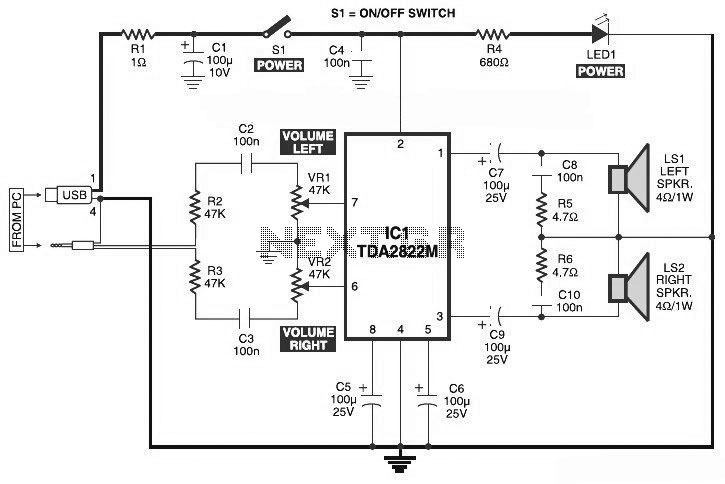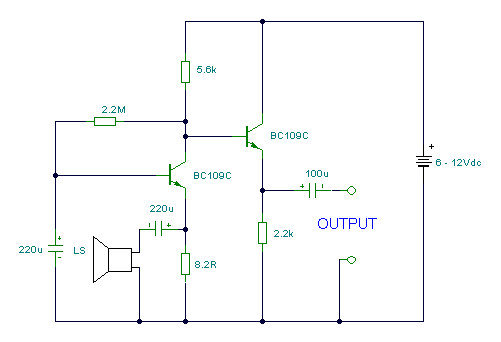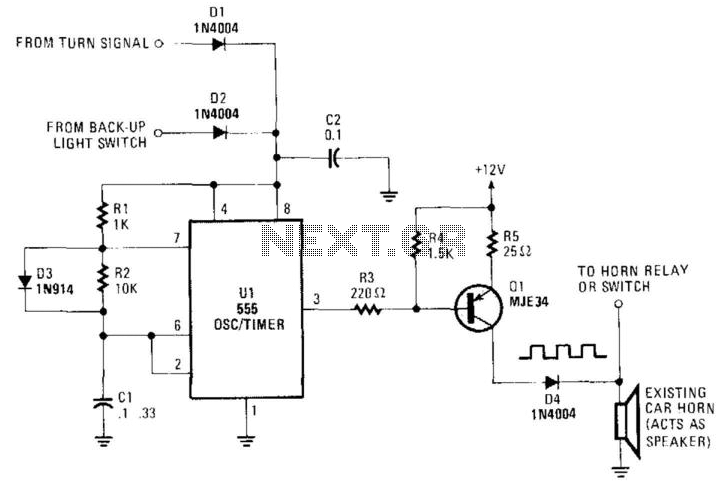
speak spell
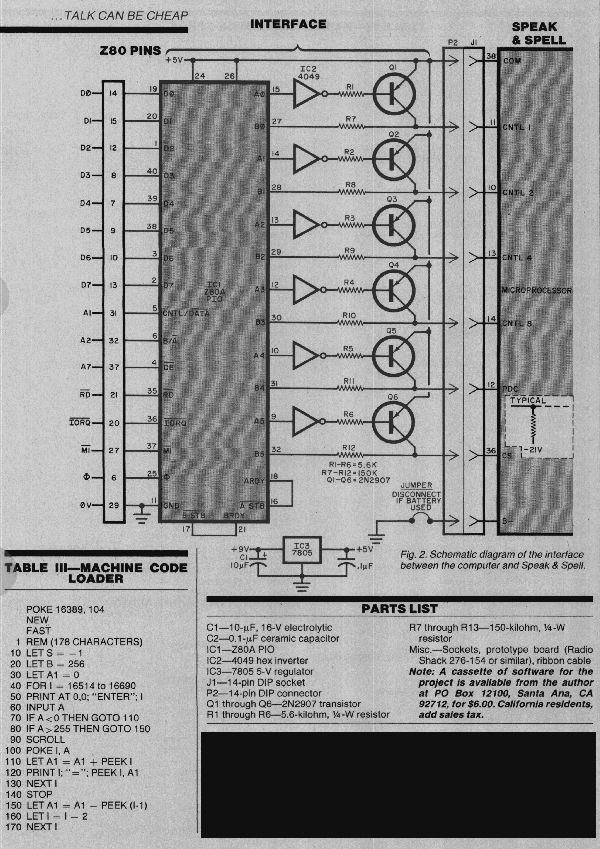
A "talking" computer can be created without significant expense by combining low-cost computers such as the Sinclair ZX-80, ZX-81, or Timex 1000 with the Texas Instruments "Speak & Spell" learning device. This combination provides several hundred clearly articulated words, enhancing the functionality of the small computer. To implement this setup affordably, a simple interface and software are required. This approach could lead to the design of a low-cost security/fire alarm that vocalizes the type of issue (e.g., "Fire," "Theft"), improve the computer's portability by making its output audible rather than relying on a video display, facilitate meaningful interactions in educational programs, enhance computer video games with synthesized speech, and create useful applications for visually impaired users. The Speak & Spell device comprises a pushbutton keyboard, microprocessor, display, ROM (which contains speech data), voice synthesizer, and loudspeaker. The system's block diagram illustrates the microprocessor's communication with the speech units via a 6-line bus, with CNTL 1, 2, 4, and 8 forming a 4-bit data bus, and PDC (processor data clock) and CS (chip select) forming a control bus. The control commands for the Speak & Spell are specified in a corresponding table. The ROM stores binary-coded speech data for word synthesis, with each word assigned a specific starting address. To output a word, the ROM address is sent to the voice synthesizer in five 4-bit nybbles, preceded by the LOAD ADDRESS (code 2) command. The data is clocked into the voice synthesizer using the PDC signal. After loading the 5-nybble word address, READ ROM (code 8) and SPEAK (code 10) commands are issued to generate speech. The BUSY SPEAKING (code 14) command indicates that the voice synthesizer will keep the CNTL 1 line high until vocalization is complete. A schematic of the interface circuit connecting the computer and Speak & Spell is also provided. The Speak & Spell's microprocessor utilizes PMOS devices operating at -21 V, with typical I/O lines depicted within the processor. PMOS technology employs passive pulldown resistors, limiting output current; applying ground potential to these lines is safe regardless of their state. The Z80A Parallel Input/Output (PIO) chip in the interface (IC1) features two bidirectional I/O ports: port A employs CMOS inverters (IC2) and open-collector PNP driver transistors (Q1 through Q6) as outputs. The emitters of these drivers connect to the +5-volt line, which is also linked to the positive (COM) terminal of the Speak & Spell. Consequently, when a transistor conducts, the Speak & Spell microprocessor perceives a logic 1 (0 V); when the transistor is off, the PMOS pulldown resistors bring the line to logic 0. Port B of the PIO is designated for input, receiving signals from resistors R7 through R12, which limit the incoming signal from the Speak & Spell. Furthermore, with suitable software, the PIO can extend the computer's functionality, enabling the use of joysticks and features such as music control and process monitoring. The circuit can be assembled on a dual 22-contact card, similar to Radio Shack No. 276-154. If the same edge-contact arrangement as the computer is used, excluding the clock line, the card will be compatible with ZX bus expansion cards currently available. It is advisable to use sockets for the ICs and a miniature phone jack for power supply interconnection. The Speak & Spell consumes approximately 200 mA, while the interface draws about 70 mA at 5 V. A larger power supply is recommended if a 16K RAM extension is utilized to accommodate the additional load. Power switching should be arranged so that both the computer and interface power up simultaneously. If batteries are chosen for the Speak & Spell, disconnection procedures need to be followed.
The integration of the Speak & Spell with low-cost computers represents a significant advancement in affordable technology solutions. The implementation of a simple interface allows for versatile applications, ranging from educational tools to security systems. The design effectively utilizes the existing hardware capabilities of the Speak & Spell, leveraging its speech synthesis features to enhance user interaction and accessibility.
The block diagram and schematic provide a clear representation of the system architecture and signal flow, ensuring that developers can replicate the setup efficiently. The use of PMOS technology in the Speak & Spell microprocessor highlights the importance of understanding device characteristics when designing interfacing circuits. The careful consideration of power requirements and the recommendation for a dual 22-contact card facilitate ease of assembly and compatibility with existing systems.
Overall, this approach not only demonstrates the potential for innovative applications in computing but also promotes the idea of cost-effective solutions in the realm of electronics, paving the way for further exploration and development in speech synthesis and interactive computing.A "talking" computer is not necessarily expensive - not if you mate one of the low-cost computers (Sinclair ZX-80, ZX-81, or Timex 1000) with Texas Instruments popularly priced "Speak & Spell" learning device. The combination give you several hundred clearly articulated words that expand the usefulness of the small computer.
All you need to make i t happen inexpensively is a simple interface and some software, all described here. Using these ideas, you might design a lowcost security/firealarm that vocalizes the nature of a problem ("Fire", "Theft", etc). You could also enhance your computer`s portability by making its output audible instead of displaying it on a video screen; write educational programs with truly meaningful student/teacher interaction; spice up computer video games with synthesized speech; create useful programs for the visually impaired; etc.
Here`s how it can be done. The Speak & Spell consists of a pushbutton keyboard, microprocessor, display, ROM (contains speech data), voice synthesizer, and loudspeaker. A block diagram of the system is shown in Fig. 1. The microprocessor communicates with the speech units through a 6-line bus with CNTL 1, 2, 4, and 8 forming a 4-bit data bus and PDC (processor data clock) and CS (chip select) forming a control bus.
The control commands used in the Speak & Spell are listed in Table I. The ROM contains the binary-coded speech data for synthesis of the spoken word. Each word has a specific starting address. When it is desired to output a particular word, the ROM address of the beginning of the word is sent to the voice synthesizer in five 4-bit nybbles, preceded by the LOAD ADDRESS (code 2) command. The data is then clocked into the voice synthesizer by the PDC signal. Once the 5-nybble word address is loaded, READ ROM (code 8) and SPEAK (code 10) commands are sent to cause speech to be generated.
If the BUSY SPEAKING (code 14) command is now sent, the voice synthesizer will raise the CNTL 1 line high until it finishes vocalizing. A schematic of the interface circuit between the computer and Speak & Spell is shown in Fig. 2. The microprocessor in the Speak & Spell uses PMOS devices that operate at -21 V. (A typical I/O line is shown within the processor. ) Because PMOS uses passive pulldown resistors, output current is limited. If ground potential is impressed on these lines, no harm will result, regardless of their state. The Z80A Parallel Input/Output (PlO) chip in the interface used for IC1 provides two bidirectional I/O ports: port A uses CMOS inverters (IC2) and open-collector pnp driver transistors (QI through Q6) as the outputs.
The emitters of these drivers are connected to the + 5-volt line, which is also connected to the positive (COM) of the Speak & Spell. Thus, when a transistor is conducting, the S&S MPU "sees" a logic 1 (0 V); when the transistor is off, the PMOS pulldown resistors bring the line to logic 0.
Port B of the PlO is used for input and receives its signal from R7 through R12, which limit the incoming signal from the Speak & Spell. In addition to interfacing with the Speak & Spell, with appropriate software, the PlO can propability for the computer, allowing use of joysticks and such functions as music, control, and process monitoring.
The circuit can be built on a dual 22-contact card similar to the Radio Shack No. 276-154. If you use the same edge-contact arrangement as in the coniputer, except for the clock line, the card is compatible with ZX bus expansion cards currently available. Use of sockets for the ICs and a miniature phone jack to interconnect the power supply are recommended.
The Speak & Spell draws about 200 mA and the interface about 70 mA at 5 V. If you are using a 16K RAM extension, the larger power supply can handle the extra load. Arrange switching so that both computer and interface power up at the same time. If you elect to use batteries in the Speak & Spell, discon 🔗 External reference
The integration of the Speak & Spell with low-cost computers represents a significant advancement in affordable technology solutions. The implementation of a simple interface allows for versatile applications, ranging from educational tools to security systems. The design effectively utilizes the existing hardware capabilities of the Speak & Spell, leveraging its speech synthesis features to enhance user interaction and accessibility.
The block diagram and schematic provide a clear representation of the system architecture and signal flow, ensuring that developers can replicate the setup efficiently. The use of PMOS technology in the Speak & Spell microprocessor highlights the importance of understanding device characteristics when designing interfacing circuits. The careful consideration of power requirements and the recommendation for a dual 22-contact card facilitate ease of assembly and compatibility with existing systems.
Overall, this approach not only demonstrates the potential for innovative applications in computing but also promotes the idea of cost-effective solutions in the realm of electronics, paving the way for further exploration and development in speech synthesis and interactive computing.A "talking" computer is not necessarily expensive - not if you mate one of the low-cost computers (Sinclair ZX-80, ZX-81, or Timex 1000) with Texas Instruments popularly priced "Speak & Spell" learning device. The combination give you several hundred clearly articulated words that expand the usefulness of the small computer.
All you need to make i t happen inexpensively is a simple interface and some software, all described here. Using these ideas, you might design a lowcost security/firealarm that vocalizes the nature of a problem ("Fire", "Theft", etc). You could also enhance your computer`s portability by making its output audible instead of displaying it on a video screen; write educational programs with truly meaningful student/teacher interaction; spice up computer video games with synthesized speech; create useful programs for the visually impaired; etc.
Here`s how it can be done. The Speak & Spell consists of a pushbutton keyboard, microprocessor, display, ROM (contains speech data), voice synthesizer, and loudspeaker. A block diagram of the system is shown in Fig. 1. The microprocessor communicates with the speech units through a 6-line bus with CNTL 1, 2, 4, and 8 forming a 4-bit data bus and PDC (processor data clock) and CS (chip select) forming a control bus.
The control commands used in the Speak & Spell are listed in Table I. The ROM contains the binary-coded speech data for synthesis of the spoken word. Each word has a specific starting address. When it is desired to output a particular word, the ROM address of the beginning of the word is sent to the voice synthesizer in five 4-bit nybbles, preceded by the LOAD ADDRESS (code 2) command. The data is then clocked into the voice synthesizer by the PDC signal. Once the 5-nybble word address is loaded, READ ROM (code 8) and SPEAK (code 10) commands are sent to cause speech to be generated.
If the BUSY SPEAKING (code 14) command is now sent, the voice synthesizer will raise the CNTL 1 line high until it finishes vocalizing. A schematic of the interface circuit between the computer and Speak & Spell is shown in Fig. 2. The microprocessor in the Speak & Spell uses PMOS devices that operate at -21 V. (A typical I/O line is shown within the processor. ) Because PMOS uses passive pulldown resistors, output current is limited. If ground potential is impressed on these lines, no harm will result, regardless of their state. The Z80A Parallel Input/Output (PlO) chip in the interface used for IC1 provides two bidirectional I/O ports: port A uses CMOS inverters (IC2) and open-collector pnp driver transistors (QI through Q6) as the outputs.
The emitters of these drivers are connected to the + 5-volt line, which is also connected to the positive (COM) of the Speak & Spell. Thus, when a transistor is conducting, the S&S MPU "sees" a logic 1 (0 V); when the transistor is off, the PMOS pulldown resistors bring the line to logic 0.
Port B of the PlO is used for input and receives its signal from R7 through R12, which limit the incoming signal from the Speak & Spell. In addition to interfacing with the Speak & Spell, with appropriate software, the PlO can propability for the computer, allowing use of joysticks and such functions as music, control, and process monitoring.
The circuit can be built on a dual 22-contact card similar to the Radio Shack No. 276-154. If you use the same edge-contact arrangement as in the coniputer, except for the clock line, the card is compatible with ZX bus expansion cards currently available. Use of sockets for the ICs and a miniature phone jack to interconnect the power supply are recommended.
The Speak & Spell draws about 200 mA and the interface about 70 mA at 5 V. If you are using a 16K RAM extension, the larger power supply can handle the extra load. Arrange switching so that both computer and interface power up at the same time. If you elect to use batteries in the Speak & Spell, discon 🔗 External reference
